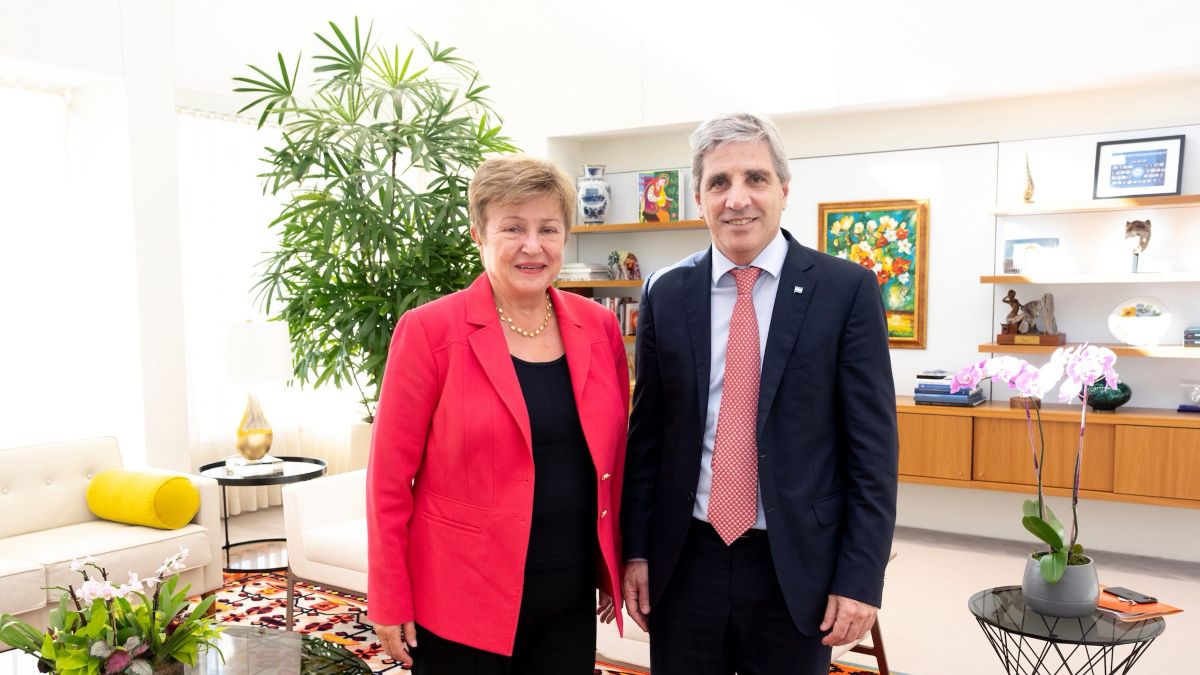Germany recently declared the alert level, the second of three levels of the gas emergency plan. Austria is still on the first, the early warning level, since the supply is stable and the gas storage tanks can be filled. However, as soon as not enough gas comes into the country to fill the storage facilities, or the current supply is in danger, the alarm level is declared, according to a background paper from the Ministry of Climate Protection.
Video: Gas contingency plan details
This video is disabled
Please activate the categories Performance Cookies and Functional cookies in your cookie settings to view this item. My cookie settings
Goal: full memory before next winter
Although Austria, like Germany, currently receives significantly less gas from Russia, it can almost entirely absorb the missing quantities from other sources. Therefore, the goal of filling the gas storage tanks at least 80 percent by autumn still seems achievable. That would double the storage volume compared to the current level. “Our insurance is our large gas storage facilities. The main goal is therefore: full storage facilities before next winter,” said Climate Minister Leonore Gewessler (Greens).
price is likely to explode
Gewessler’s ministry has calculated numerous scenarios for how long Austria could get by with gas if Russia turns off the gas tap. However, numerous variables influence the result: the amount of gas that still comes from Russia, the amount of gas that can be bought from elsewhere, the amount of gas that can be taken from storage facilities and on the other hand the willingness and possibility of Economy and households to save gas or switch to alternative energy sources. That will also depend on the price, which is likely to explode in such a case – and on a possible economic downturn. And a lot depends on the time of year, since gas consumption in winter is a good three times higher than in summer.
Households and hospitals not affected
In the alarm stage, large gas consumers would have to report their planned gas requirements to E-Control on a daily basis. A dedicated crisis gas distribution system (FlexMOL) would be activated. Companies would be encouraged but not obliged to save gas or replace it with other energy sources.
Should Russia cut off the gas supply altogether, the emergency level, i.e. the highest of the three levels, would definitely be declared. And that would give the government, in coordination with the Main Committee of the National Council and the Energy Control Advisory Board, far-reaching powers with energy control measures, i.e. interventions in the gas market. The primary goal then remains the supply of gas to households and social services such as hospitals, old people’s homes and kindergartens.
In the emergency stage, large consumers are obliged to participate in the FlexMOL trading system. That is, they would communicate how much gas they can do without at what price. Because the climate ministry wants to try to allow the allocation of gas according to market criteria for as long as possible.
State aid for companies
In any case, natural gas must then be replaced by other energy sources wherever possible – pollutant limits that would prevent this are overridden. Companies and households are called upon to save energy. Since gas prices are likely to rise massively, a sharp drop in consumption is also expected. However, companies can also count on state aid.
Power plants and companies that supply households with waste heat are exempt from gas cuts. Companies that produce food and other systemically important goods also have priority when it comes to gas allocation. Companies that have been storing gas for their own account since April 27 can continue to access these quantities even if energy is steered. The only exception would be an imminent collapse of the gas network. So far, only voestalpine has publicly announced such a reserve formation.
35 companies consume half
In the first step, those 35 major consumers who are not critical to the system and consume more than 50,000 kWh of gas per hour would be restricted in the first step – i.e. three times as much per hour as an average household in the whole year. These 35 companies account for half of the gas consumption in summer – i.e. outside the heating period. The ministry assures that E-Control is already in intensive contact with them.
The Ministry of Climate assumes that with this measure – if the storage tanks are filled accordingly – a long-term supply bottleneck can be overcome. If not, those 7,500 companies that consume more than 400,000 kWh of gas per year would have to reckon with restrictions. Together they make up a quarter of summer gas consumption.
Households are spared gas cuts in all scenarios. This is already provided for in EU law. However, households will be asked to save gas if there are interruptions in supply. However, the ministry’s scenarios show that in most cases a restriction on bulk consumers is sufficient.
Source: Nachrichten




